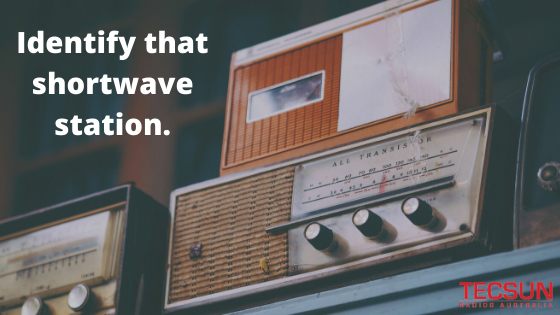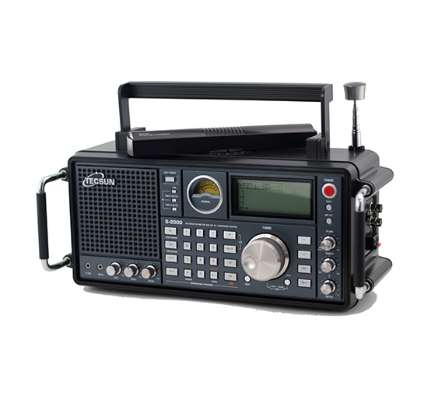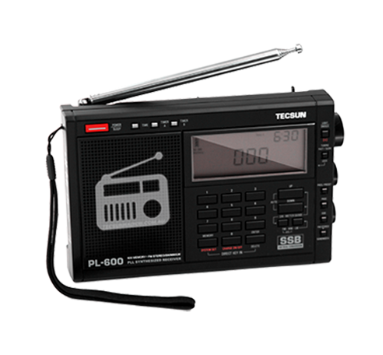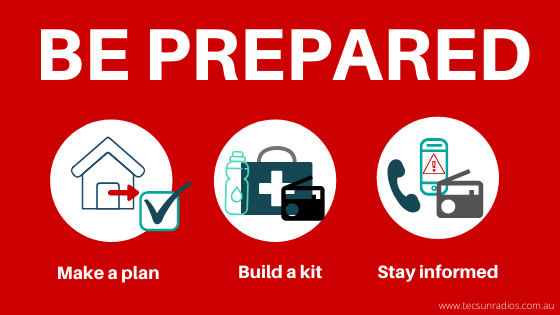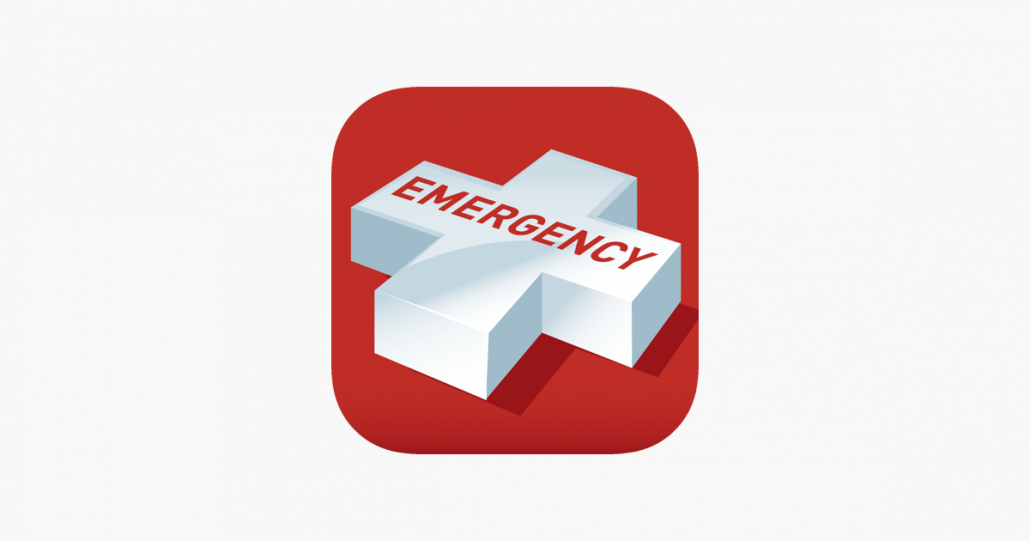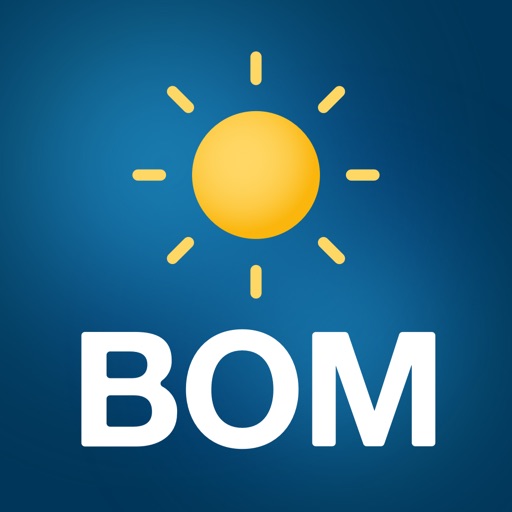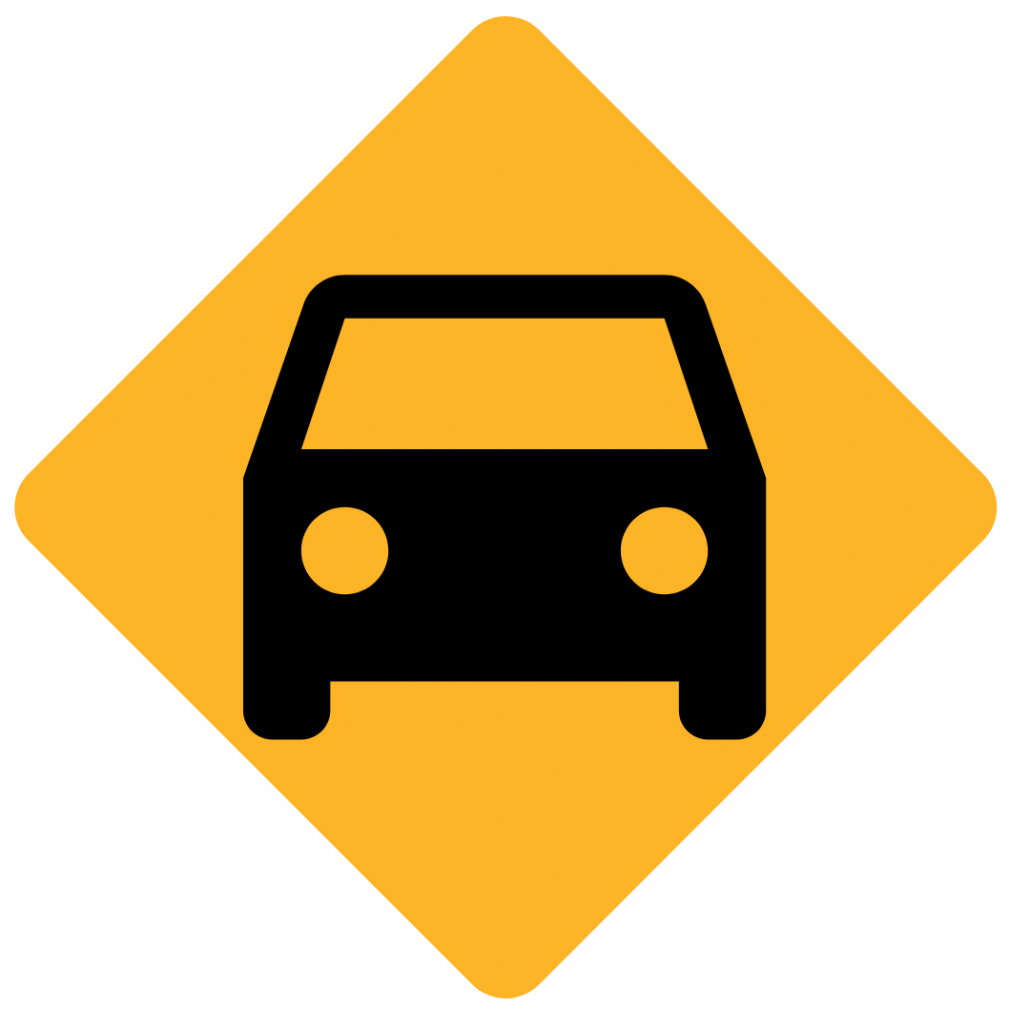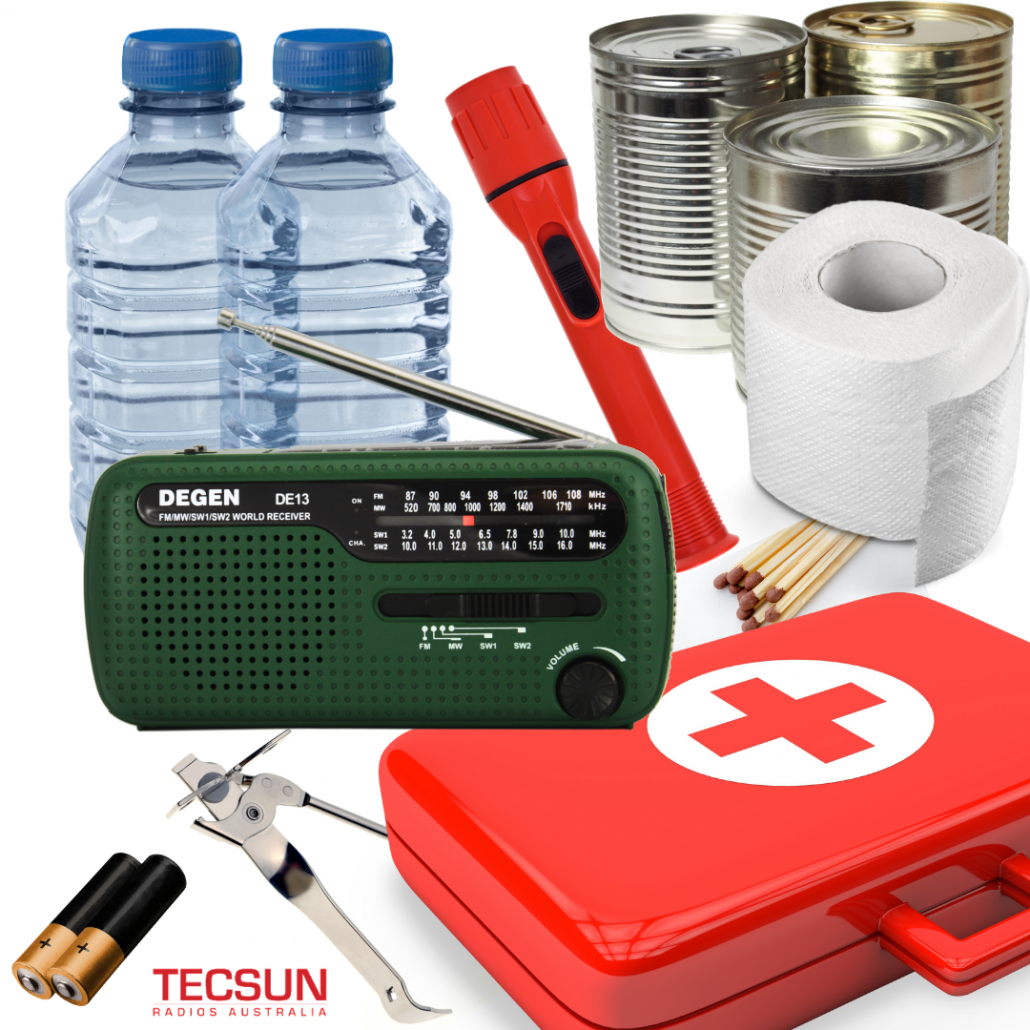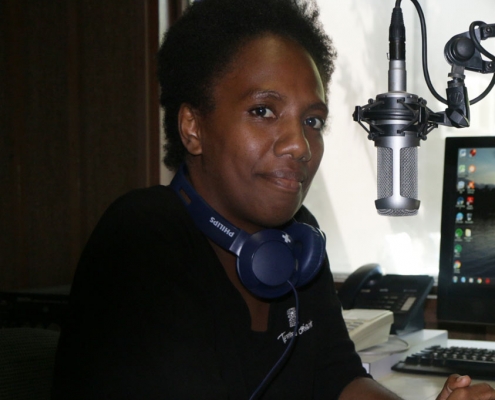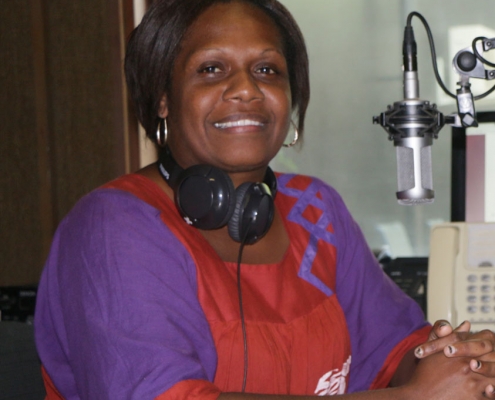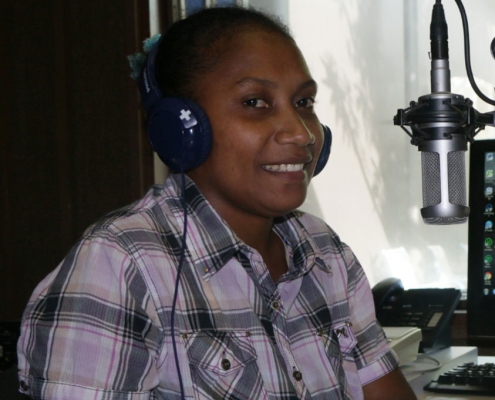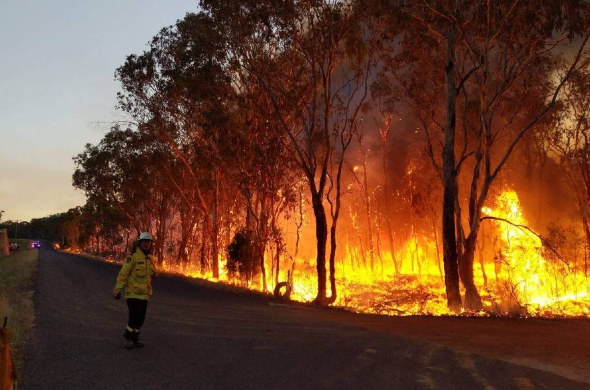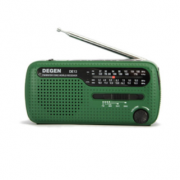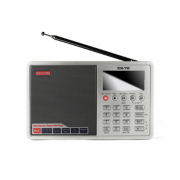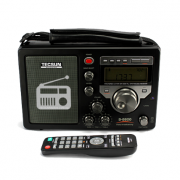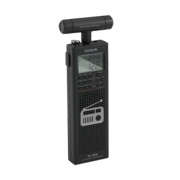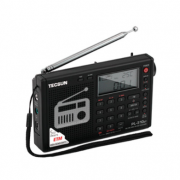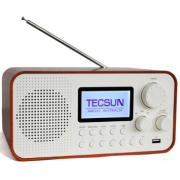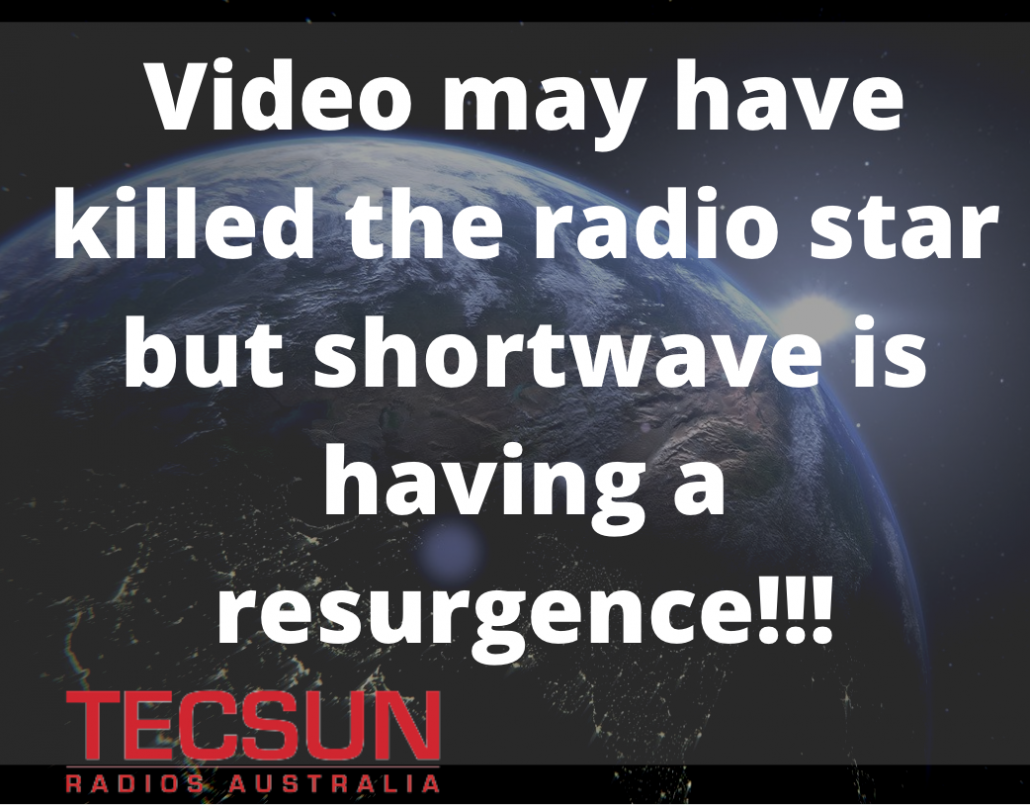 Shortwave radio, the original and most crucial form of radio communication in our history, and dropped by many countries 20 years ago, is set for a resurgence!
Shortwave radio, the original and most crucial form of radio communication in our history, and dropped by many countries 20 years ago, is set for a resurgence!
Used heavily during the Cold War, shortwave was vital for communications in isolated areas.
After the war, listenership dwindled and as the equipment aged and the energy bills continued to accrue, one of the first in line for budget cuts was shortwave, with no importance placed on replacing it.
Not unlike the song, “Video Killed the Radio Star”, many say that satellites and the internet killed shortwave radio.
Really it is a combination of technology and content delivered directly to the savvy FM listener and streamed to the cell phone obsessed user generally at a reduced cost compared to shortwave.
As Shortwave dwindled, radio began being broadcast in FM and DAB modes to radios, devices, and laptops, with thousands of listening options.
Many new broadcasters began piggybacking on the local popular informative radio stations.
This new technology, however, in many countries is not without its issues. At first, it might appear that these are cheaper and more modern options, but slow buffering times, multiplexed DAB+, excessive and expensive cost of data in many countries, as well as a listener’s preference for anonymity has seen a return to shortwave.
As mentioned in previous articles the emerging ability to transmit shortwave radio digitally using DRM ( Digital Radio Mondiale) has seen a resurgence in the use of shortwave due to its wide coverage and heavily reduced cost.
Specifically China has opted to use DRM Shortwave to provide full coverage to the areas between the large cities.
China National Radio broadcasts from five upgraded sites 80 hours a day with seven to eight transmitters sending shortwave DRM to most areas of North China, East China, South China and Southwest China. Russia is also airing DRM in shortwave over huge areas of Siberia.
India is now looking to increase its three DRM shortwave transmitters for further national and international reach.
Several CRN transmitters beam enormous DRM signals into our part of the world daily.
Indonesia and Brazil are also said to have expressed interest in adapting their shortwave analog over to DRM for greater coverage.
As mentioned previously Vanuatu, has recently opted for DRM shortwave to save lives in disaster situations by using its integrated emergency warning capability, and a site in the United States has recently started broadcasting in DRM the popular Radio Marti programs toward central and Latin America.
As many areas of the world are re-discovering the value of shortwave we may see the resurgence of shortwave being replaced by its new digital form.
Are you interested in listening to Shortwave radio? Imagine picking up and decoding radio stations from remote areas of the world? Re connect with the world during this time of isolation.
Tecsun Radios Australia has a great range of Shortwave and Digital radios available.
Shop the range here



